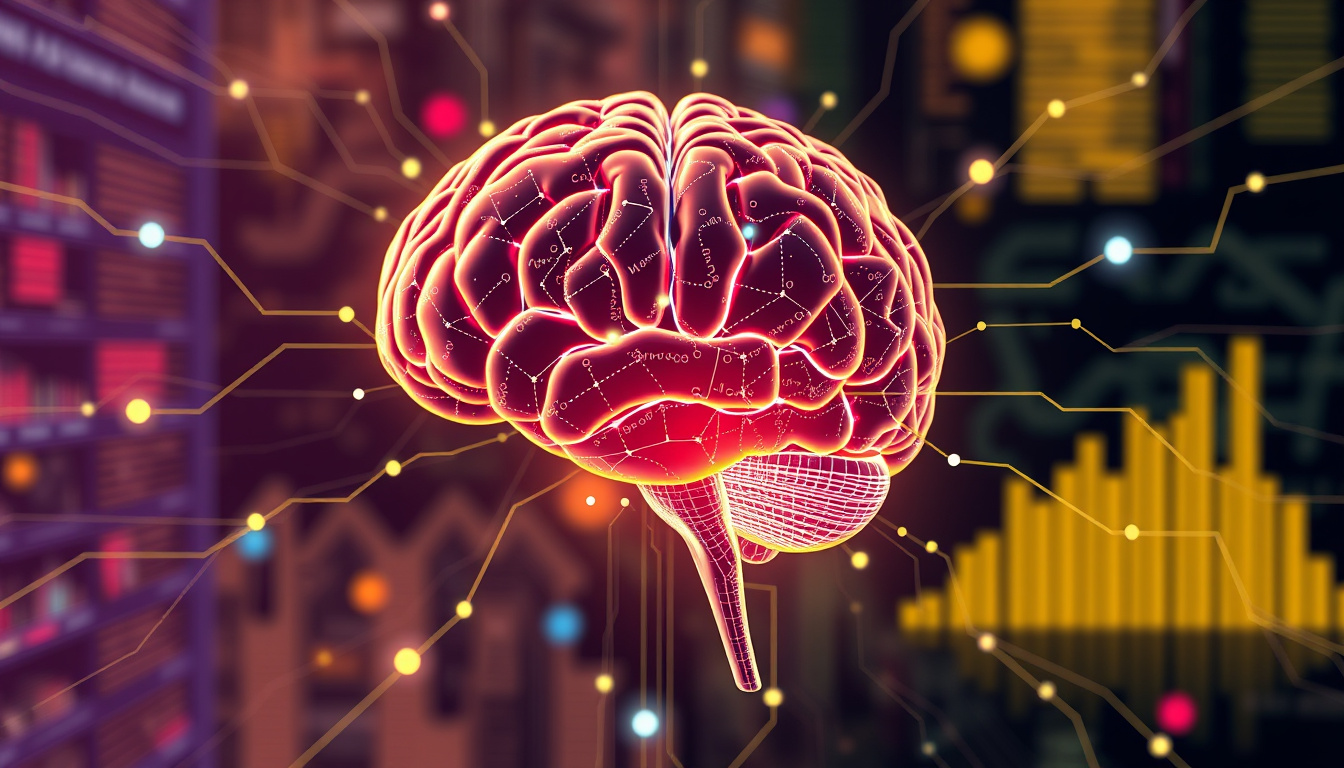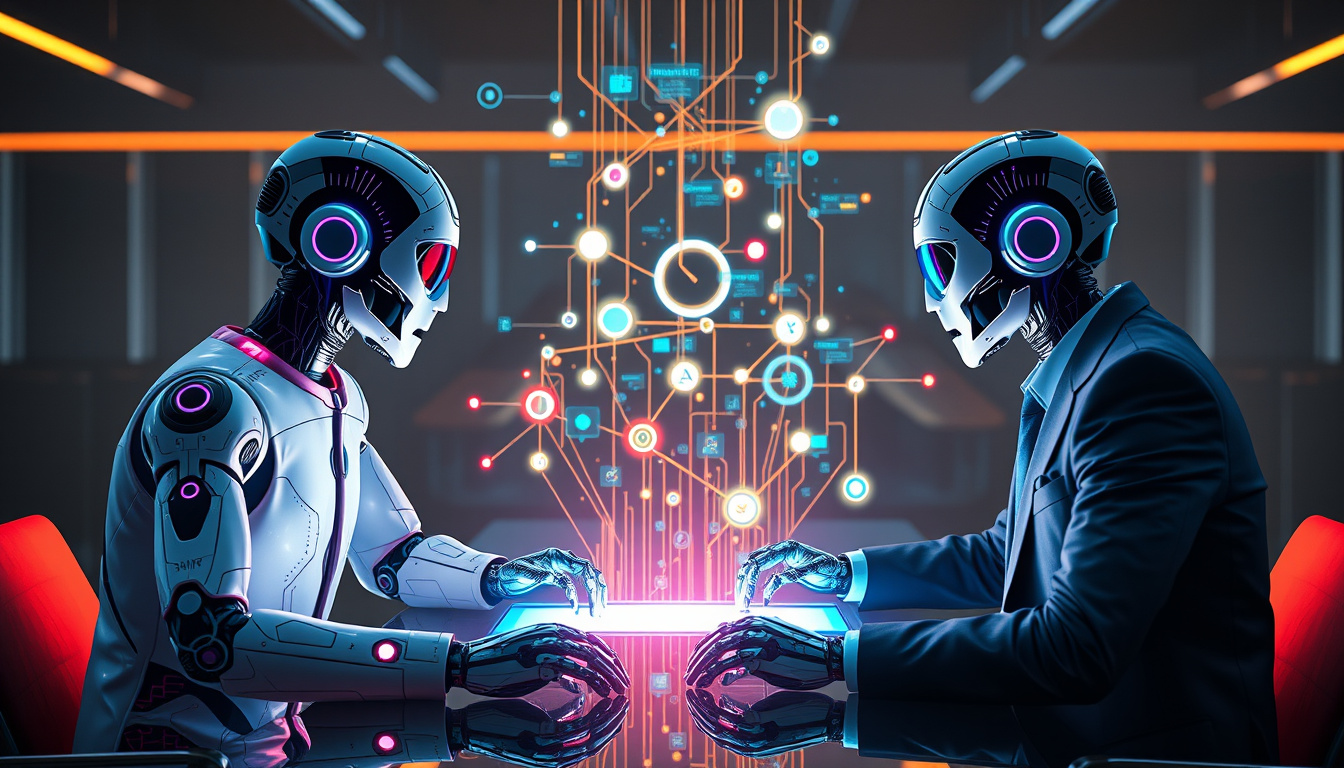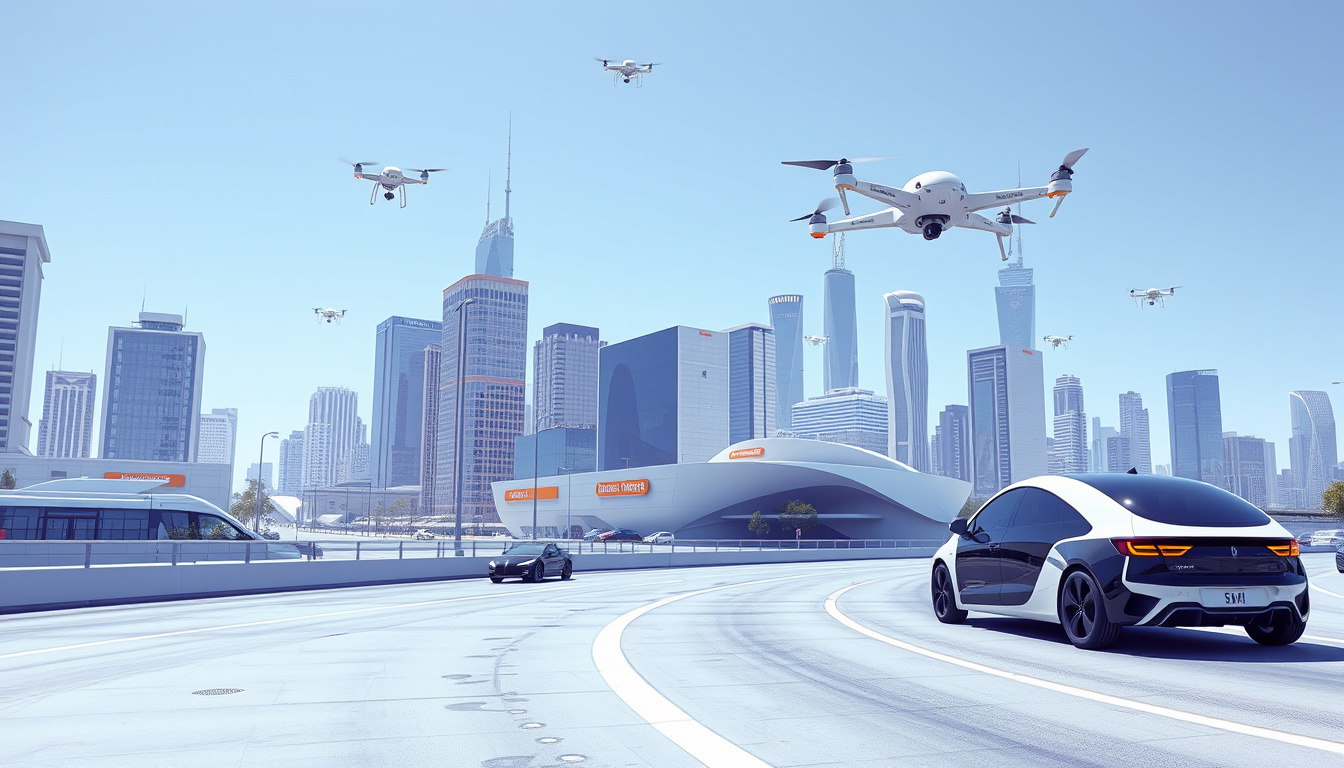In recent years, advancements in artificial intelligence (AI) have dramatically transformed how machines interpret and respond to complex environments. Among these breakthroughs, autonomous reasoning stands out as a pivotal concept shaping the future of AI decision-making. This technology enables machines to analyze situations, draw conclusions, and act independently without human intervention. As industries increasingly rely on AI for mission-critical operations, understanding autonomous reasoning becomes essential for grasping the next frontier in intelligent systems.
What Is Autonomous Reasoning?
Autonomous reasoning refers to the capability of AI systems to independently process information, reason through problems, and make decisions based on their understanding. Unlike traditional AI, which may depend heavily on pre-defined rules or supervised learning, autonomous reasoning equips machines with the ability to adapt dynamically, think critically, and operate with minimal oversight.
In essence, it mimics human-like reasoning, allowing AI to interpret ambiguous data, consider multiple factors, and respond flexibly to unforeseen circumstances. This capability is central to applications such as autonomous vehicles, intelligent robotics, cybersecurity, and complex data analysis.
The Evolution of AI Decision-Making: From Reactive to Autonomous
To appreciate the significance of autonomous reasoning, one must understand how AI decision-making has evolved over time:
-
Reactive machines: The earliest form of AI that responds to specific inputs with predefined outputs. They lack memory and cannot learn from past experiences.
-
Limited memory AI: Capable of utilizing past data to inform current decisions, such as recommendation systems.
-
Theory of mind AI: An emerging phase where AI understands social interactions and emotional contexts.
-
Autonomous reasoning AI: The most advanced stage, with systems capable of independent thought and decision-making in complex, unpredictable environments.
This progression highlights how autonomous reasoning represents a leap toward truly intelligent systems capable of operating autonomously in dynamic real-world scenarios.
Components of Autonomous Reasoning Systems
Developing autonomous reasoning involves integrating several key components:
-
Knowledge Representation: Structuring information so that AI can understand and manipulate it effectively.
-
Inference Engines: Algorithms that deduce new information or conclusions from existing data.
-
Learning Modules: Systems that adapt based on new data, improving decision-making over time.
-
Decision-Making Frameworks: Strategies that evaluate options, consider risks, and choose optimal actions.
-
Perception and Sensors: Hardware and software that collect real-time data from the environment to inform reasoning.
Together, these components enable AI systems to interpret complex data, reason logically, and execute autonomous actions efficiently.
Applications of Autonomous Reasoning in the Real World
The potential of autonomous reasoning is vast, with applications across numerous sectors. Here are some notable instances:
-
Autonomous Vehicles: Self-driving cars utilize autonomous reasoning to interpret sensor data, predict other drivers’ behavior, and execute safe driving maneuvers. They must constantly analyze their environment and adjust actions accordingly (source).
-
Healthcare Robotics: AI-powered robots in medical settings can autonomously diagnose patients, recommend treatments, and assist in surgeries.
-
Cybersecurity: Autonomous reasoning systems monitor network traffic, identify threats, and respond swiftly to cyber-attacks without human intervention.
-
Industrial Automation: Manufacturing robots equipped with autonomous reasoning can adapt to changing production lines and machine failures, ensuring continuous operation.
-
Financial Analysis: AI-driven systems analyze market trends, assess risks, and execute trades with minimal supervision.
These examples demonstrate how autonomous reasoning can lead to more efficient, safer, and innovative operational paradigms.
Challenges in Developing Autonomous Reasoning Systems
Despite its promise, building robust autonomous reasoning systems presents several challenges:
-
Complexity of Real-World Environments: Accurately modeling unpredictable environments requires sophisticated algorithms and extensive data.
-
Explainability and Transparency: Ensuring AI decisions are understandable and justifiable remains a concern, especially in critical sectors like healthcare and finance.
-
Ethical and Legal Considerations: Autonomous systems must adhere to ethical standards and legal regulations, such as accountability for decisions.
-
Safety and Reliability: Guaranteeing consistent performance and avoiding unintended actions is paramount, especially in safety-critical applications.
-
Data Privacy: Handling sensitive data securely to prevent breaches or misuse.
Addressing these challenges requires ongoing research, interdisciplinary collaboration, and the development of international standards.
The Future of Autonomous Reasoning in AI
Looking ahead, autonomous reasoning is poised to revolutionize how machines collaborate with humans and operate independently. As AI systems become more capable of complex reasoning, we can expect:
- Increased autonomy in robotics and automation, reducing the need for human oversight.
- Better adaptability to unforeseen circumstances, enhancing safety and efficiency.
- Enhanced collaborative intelligence, where humans and AI work seamlessly together.
- Progress toward general AI, with reasoning abilities comparable to human cognition.
Research efforts are actively exploring more advanced reasoning frameworks, integrating commonsense knowledge, and improving learning algorithms. Industry leaders如Google, Microsoft, and open-source communities are investing heavily in developing smarter, autonomous reasoning systems.
Key Takeaways
- Autonomous reasoning enables AI systems to independently analyze data and make decisions.
- It incorporates knowledge representation, inference engines, learning modules, and decision frameworks.
- Capable of transforming industries such as transportation, healthcare, cybersecurity, and manufacturing.
- Challenges include environmental complexity, explainability, safety, and ethics.
- The future promises increasingly autonomous, intelligent systems that augment human capabilities.
Frequently Asked Questions (FAQs)
Q1: What is autonomous reasoning in AI?
Autonomous reasoning in AI refers to the system’s ability to independently analyze information, draw conclusions, and make decisions without human intervention.
Q2: How does autonomous reasoning differ from traditional AI?
Traditional AI often relies on predefined rules or supervised learning, whereas autonomous reasoning involves adaptive, decision-making capabilities that mimic human judgment in complex environments.
Q3: Why is autonomous reasoning important for the future of AI?
Because it enables machines to handle unpredictable situations, operate independently, and perform tasks more efficiently, autonomous reasoning is essential for advancing autonomous systems and intelligent automation.
External Source for Further Reading
For a deeper understanding of autonomous reasoning and its implications, visit MIT Technology Review’s article on AI autonomy which explores current trends and future prospects.
Closing Thoughts: Embrace the Future with Autonomous Reasoning
Understanding autonomous reasoning is crucial for appreciating how AI will shape our world. This technology not only enhances the capabilities of machines but also opens new horizons for innovation, safety, and efficiency across industries. As autonomous reasoning systems continue to evolve, they promise a future where humans and intelligent machines collaborate seamlessly to solve complex problems and improve quality of life. Don’t miss out—stay informed, engaged, and ready to harness the transformative power of autonomous reasoning in your endeavors. The future of AI decision-making is autonomous, and it’s happening now.




